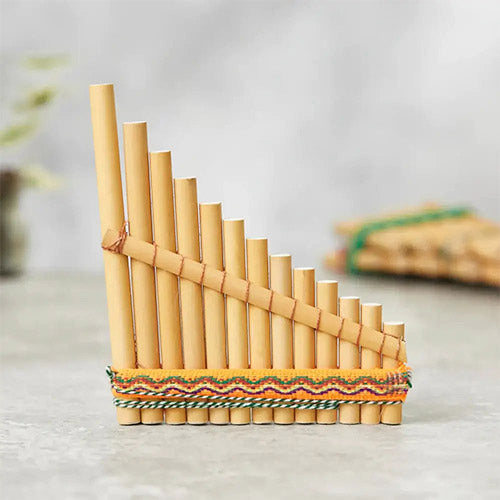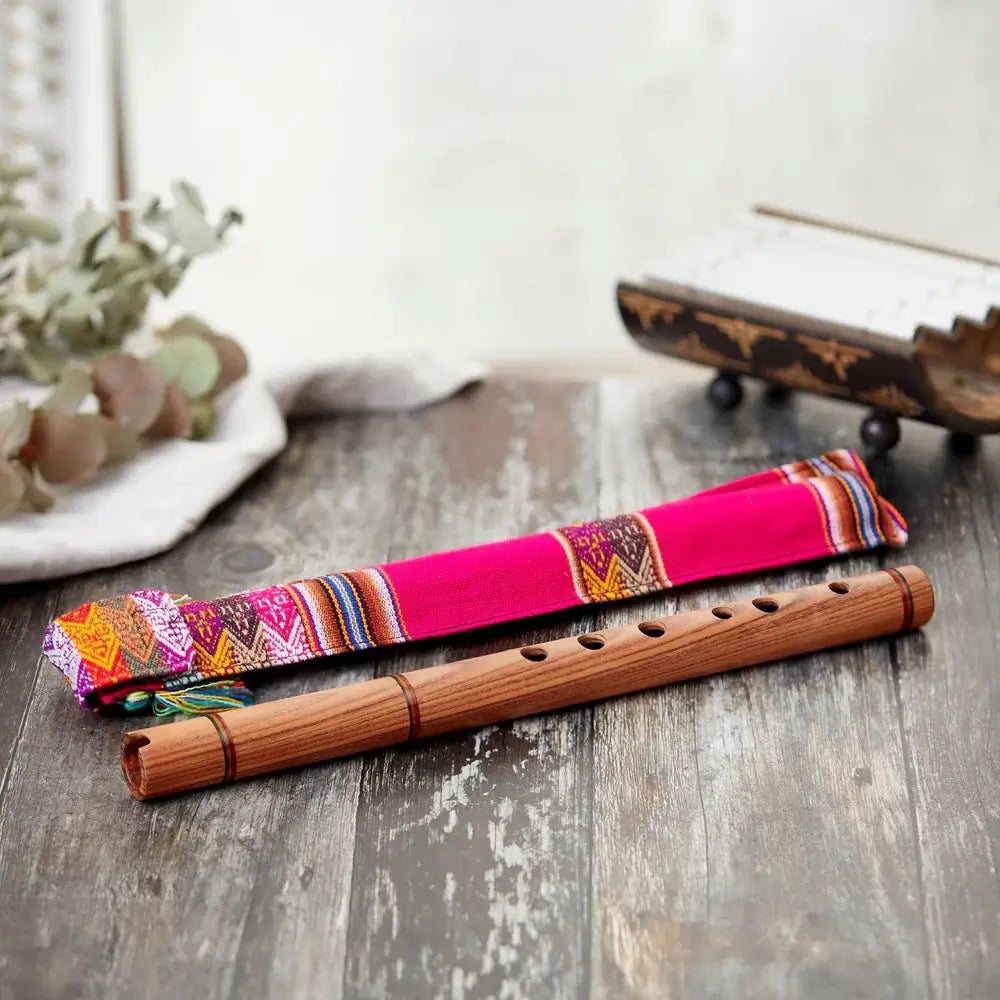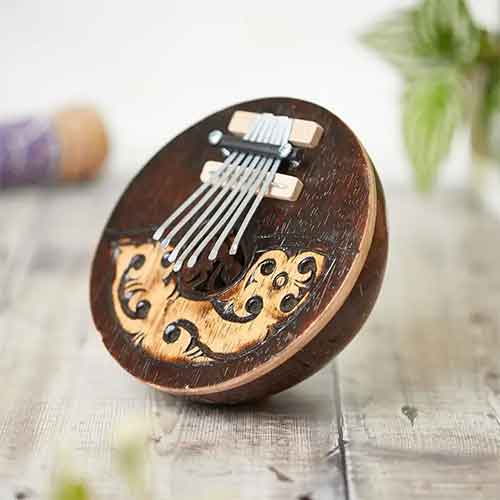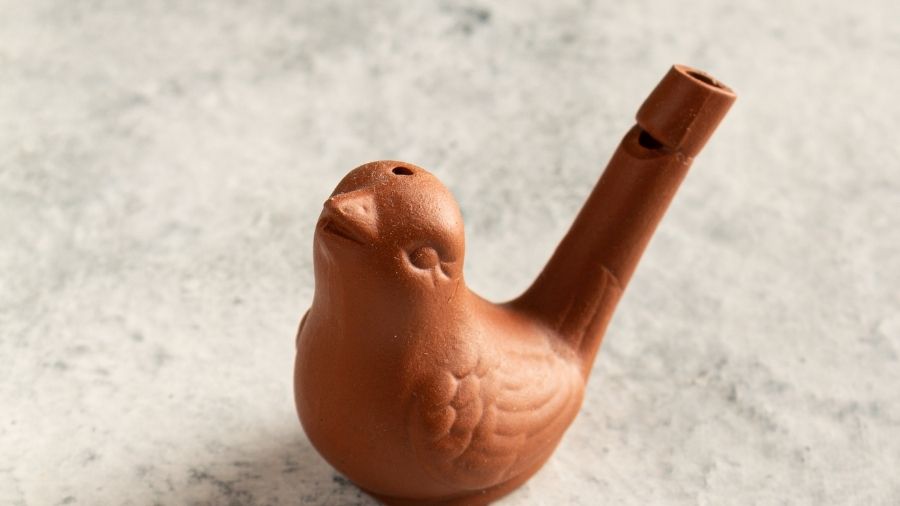This coconut pot was one of our first handmade products as a craft distributor and in this article you are going to learn how to make yourself a coconut pot at home. Before we can get started making our coconut pot we will need a dust mask, protective eyewear, sandpaper, saw, wood glue, scissors, a bowl, a cup, a drill, a chisel, a butter knife, and finally a coconut.
How To Make Coconut Pot (Video)
1. Drilling out holes
Using a drill start by drilling into the carpel coconut holes to release the coconut water, then drain the contents into a cup.
2. Cutting the coconut
Carefully using a saw cut the top off of the coconut, this will form the base stand of the coconut pot.
3. Removing coconut meat
Grab a butter knife and with a scooping motion, start removing the coconut meat from the coconut. Put the coconut meat into a bowl to eat later or eat whilst you continue making it as it will provide you with energy.
Grab a butter knife and with a scooping motion, start removing the coconut meat from the coconut. Put the coconut meat into a bowl to eat later or enjoy it while you continue making your project, as it will provide you with energy. There are many valuable uses for this coconut meat. You can blend it to make coconut milk, which adds a delicious creamy texture to curries, sauces, desserts, rice, smoothies, and soups.
You can extract coconut oil from the meat, which is excellent for deep frying, roasting, and mixing with essential oils as a base. Coconut oil can also be used as a substitute for cocoa butter in homemade chocolate, creating a truffle-like treat. Just remember that coconut oil is high in saturated fat, so use it in moderation. If you prefer to preserve the coconut meat, you can dehydrate it to make desiccated coconut, a versatile ingredient perfect for adding to curries, snack bars, and breakfast cereals. This dried coconut can enhance both savory and sweet dishes.
4. Sanding
Using your scissors cut off a square of sandpaper then fold it in half and begin sanding the coconut shell all over to remove the outer coconut coir. This will darken the coconut shell from a light brown to an almost charcoal brown/black colour. This process can take quite a while to do and if you’d prefer you can use an electric sander.
You will want to sand both the coconut shell, the stand and will want to flatten the base so that it sits sturdy on a table. Sand inside the coconut and if necessary remove the inner pith with a chisel. If you leave the inner pith on it may cause the coconut to rot and be prone to mold. During the sanding process, you will also want to remove any sharp edges. The final sanding part is to make sure that the coconut shell that sits on the base is no longer pointed. This is because during the glueing process you will want it to sit flat on the base to ensure it is a good fixing.
5. Glueing
Once the coconut looks aesthetically pleasing you will be able to place a dollop of glue on the flat edge of the coconut shell and place the base on top for 24 hours to completely dry. If you’d like you can fill in the holes of the carpels with a little wood glue and the coconut dust leftover from sanding.
6. Finishing touches
If you want to apply a finish to your coconut pot you can use a little coconut oil all over it to help the natural grain of the coconut shell come out bringing it to a satin finish. An alternative to coconut oil is food-grade mineral oil.
The coconut shell is often overlooked and discarded, which is unfortunate considering the many uses it has. I myself have found working with coconut shell to be a rewarding experience. It's easy to sand by hand with sandpaper, although cutting it with a handsaw can be a bit awkward, it’s still manageable. You can make a variety of items from coconut shells, including coconut bowls, pencil pots, candle holders, coir rugs, scourers, shakers, thumb pianos, and wind chimes. With the right tools, you can even cut it into small pieces to create your own jewelry.
Uses For A Coconut Pot
When people ask us what our handmade coconut pots can be used for I usually reply by listing all of the things that can fit inside. These pots are extremely multipurpose and are beneficial in almost any room of the house. The coconuts used to make our pots are grown in Ivory Coast, Africa and we separate the pots into small and large so that they can be used in many ways that are decorative, functional, and suitable for storage.
Cutlery Holder
A large coconut pot is perfect for holding knives, forks, and spoons. The base is large enough which creates a sturdy platform that adds a touch of nature to any dining table. The coconut pots look wonderful as part of a rustic setting in a cafe, restaurant, or modern home. Gather round the coconut pot for supper.
Stationary Organiser
Place yours on an office desk to hold your pens and pencils. Its compact size allows you to keep a writing instrument nearby without getting in the way or distracting you from your work. Any study wouldn’t be complete without somewhere to store your pencils.
3. Plant Pot
Use a small or large coconut pot for houseplants like cactus or succulents. The pot will look lovely on a desk or shelf and the coconut shell itself holds moisture well ensuring that the roots do not become dry for longer. Most small plant pots are made from synthetic plastic and this is the best eco-friendly alternative. Growing a plant in a coconut pot is extremely sustainable, this is because before we made these pots with the shell it would usually end up being wasted. The pot will last longer than a plastic one as it has a hard shell and when the pot does come to the end of its life it will naturally biodegrade and you could even put this plant pot into a larger container for repotting.
4. Toothbrush & Paste Holder
In the bathroom, your coconut pot can sit on the sink ledge holding your toothbrushes at the ready. Depending on how many people are in your household will determine the size needed. Typically we recommend the small pot for households of four and the large pot for households of 8. As a lot of toothbrushes are made from plastic these days, we recommend keeping a bamboo brush to complete the pot in a natural setting.
5. Sugar Container
Sugar is one of the most common things used in a kitchen and storage has become popular over the years. Some people use canisters with lids to store their sugar and whilst this may keep it from clumping together it is not the most convenient way to store it. If you think about how much time you spend taking the sugar pot out of the cupboard, removing the lid, and putting it back on each day, time is truly wasted.
My mother-in-law always used a bowl which is where my inspiration came from with this coconut pot. Simply leave a teaspoon in it and it is always ready. This results in no more time-wasting, and because of the coconut pot size, the sugar will not have time to clump. The sugar type you choose to put in it could contrast well with the coconut shell, and if you wanted to get creative you could experiment with the sugar in yours.
6. Teabags Dispenser
Tea is my favourite drink and it is also stored in canisters as mentioned above. If you love tea as much as me, reaching for 3 or more cups per day then you should spend less time taking it out of the cupboard. Pop your teabags in your coconut pot and have a faster brew.
7. Coffee Storage
In the world of coffee, you can store instant coffee in the pot ready to make a hot beverage. If you’re into real coffee you can use the coconut pot or multiple for storing ground coffee, coffee beans or even use it as a coffee waste bin pot for used/spent coffee. It will fit snug right next to your coffee machine and can be easily cleaned by rinsing with warm water after use.
8. Coins Collector
Fed up of having a ton of loose change in your purse or wallet? This pot is fantastic for holding your spare pennies and the more you add to it the more sturdy the pot will become. When the pot gets full, it is ready to change up those coins or put them in your bank. Have less waste with a coconut pot, no more smashing that ceramic piggy bank!
9. Jewellery & Trinkets Holder
Keep the pot next to your bed on a bedside cabinet to hold your earrings, watch, and other trinkets at the end of a long day. In the morning they will be right where you left them and you will be ready to start your day.
10. Remote Control Keeper
The TV controller except for phone, wallet, and keys has got to be the most common item in the house to get lost. With a designated place to keep your remote, you won’t need to go searching around the home before being able to do indulge in a Netflix and chill session.
11. Snack Pot
I like to use a small coconut pot in the evening to hold some nuts, dried fruit, and dark chocolate. The coconut pot in comparison to a small snack bowl is superior simply because it is lightweight and as it has a slightly curved edge it makes it less likely to spill any food. Also, it makes it easier to hold on to the bottom part and using it as a handle.
12. Small Vegetable Storage
In the kitchen next to your oven you can store small vegetables that have a strong flavour like garlic, root ginger, and chilli peppers. You could have a pot for each one or can mix and match all the different colours. Chilli peppers and root ginger have a shorter shelf life than other small vegetables that can be stored in ambient and this could be a great reminder to use them before they go bad.
13. Paintbrush Holder
If you enjoy a painting session it can be quite handy to have a coconut pot next to your easel holding all different sized paintbrushes. The pot can allow you to make your artist career into a lifestyle choice, and the paintbrush pot can be a reminder for you to get creative every time you see it on that shelf. If you want to be an artist, perhaps your first piece could be you painting the perfect coconut pot picture. That's all the coconut pot uses for now, what will you use your coconut pot for?
Up Next: How to Make A Coconut Bowl












